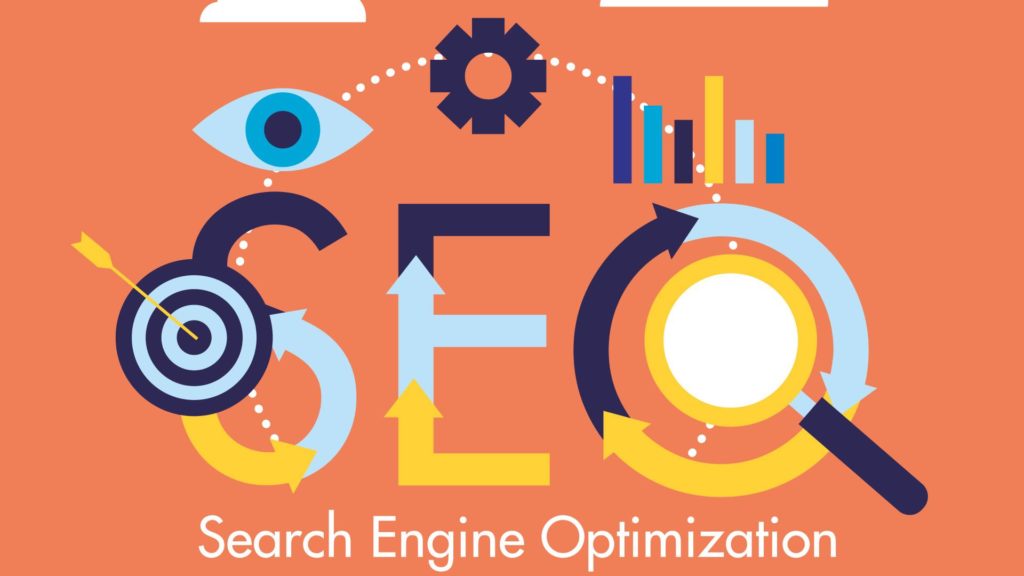Tips to Improve Your Email Marketing ROI
Tips to Improve Your Email Marketing ROI Email marketing is another versatile digital marketing tool that has great potential for businesses operating in Dubai, UAE which is witnessing changes in various sectors. Agencies emphasize the importance of email marketing in promoting business development and customer engagement at its best. Example companies include Panamedia, a digital marketing company in Dubai. Well-used email marketing offers its audience an open door to develop trust and loyalty, where the ROI can be quite impressive. This article provides tips for improving the return on investment (ROI) of email marketing. The information shared will help you jumpstart your email marketing efforts and improve your messaging techniques. 1. Improve Email List Quality Segment Your Audience Segmenting an email list is a step toward increasing the quality of that list and creating an engaging and relevant experience for readers. By dividing the list into multiple sublists or smaller segments based on demographics, behavior, or preferences, you can send particular content to meet the needs and interests of each segment. This creates a highly personalized and successful campaign. For example, you can segment your list based on user behavior to separate new subscribers from active customers as well as those who have become contacts. Once segmented, this allows you to send unique emails, including welcome emails to new subscribers, offers for loyal customers, and re-engagement emails to those who haven’t recently interacted with your content. Tags can also help categorize your subscribers into segments based on actions, preferences, or other relevant data to improve the targeting and relevance of the emails you send. Purge Inactive Subscribers Regularly cleaning your email list by removing inactive subscribers is crucial. If you don’t do this, the quality and effectiveness of your email list will suffer. This can lead to very low email delivery rates and, therefore, low return on investment (ROI). Inactive subscribers are those who typically don’t respond to your emails for six months to a year. To start cleaning out your list, identify subscribers who haven’t opened or clicked on your emails in the last six months to a year. By keeping your email list clean and engaged, you can ensure that your email marketing efforts are more effective and bring better results for your business. 2. Optimize Email Content and Design Personalize Your Emails Personalization is important to increase the number of winners from any email marketing campaign. Recipients will have higher engagement with personalized content. You can achieve this by providing the recipient’s name, referencing their past actions or purchases, and using demographic and behavioral data to organize topics that are relevant to them. For example, if you include the recipient’s name in the subject line and body of the email, it tends to make the email more personal. Personalization makes companies like LinkedIn and Spotify successful; they constantly use their recipients’ job titles or the products they viewed on the site. This approach helps build stronger relationships with your audience and increases the likelihood they will interact with your emails. Additionally, segmenting your email list allows you to send different versions of the same campaign to different segments of your audience. For example, sending annual holiday sales emails only to subscribers who celebrate those holidays ensures that the content remains relevant and engaging for each segment. Use Responsive Design More and more people are reading their emails on their mobile devices, so it is necessary to ensure that this email design is responsive. A responsive design should adapt accordingly to the device screen, whether desktop, tablet, or smartphone, to make the email look good and readable on any device. Responsive design working on flexible grid-based layouts, flexible images, or even CSS3 media queries will ensure a very similar user experience across multiple mobile devices. This becomes relevant because unoptimized emails produce higher bounce rates and decreased engagement. 3. Test and Refine Your Strategies A/B Split Testing A/B split testing is an effective method for improving your email marketing campaigns to ensure they are optimized for maximum engagement and conversions. The process involves sending two slightly different versions of your email to two different audience segments to determine which performs better. Start with a clearly defined goal to get the most out of A/B testing. Whether your goal is to increase open rates, clicks, or conversions, setting goals will focus your testing on the right variables. Conclusion To summarize, there are several important strategies for improving the (ROI) of your email marketing. First, start by building a good email list. This means dividing your audience into groups for better communication and removing inactive subscribers to keep your list strong.
Tips to Improve Your Email Marketing ROI Read More »











